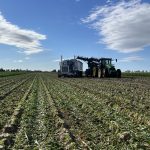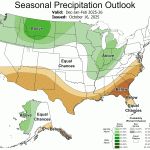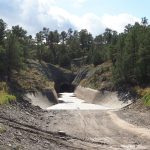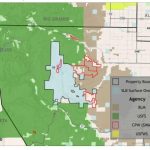Conservation and ranching bolster rural communities
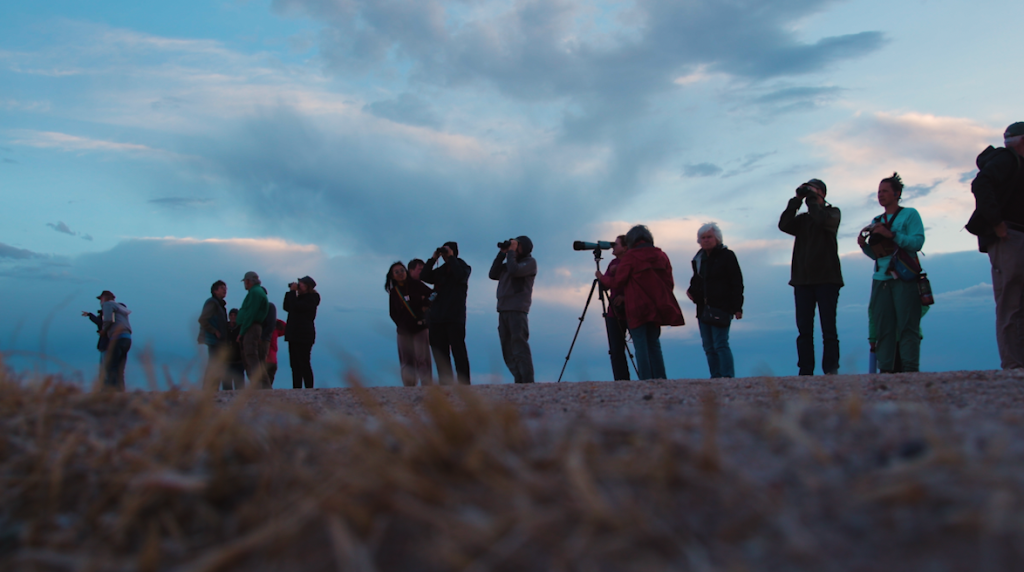
Plover3
While productive ranching and wildlife conservation are often touted to be at odds, this could not be more true. As grasslands continue to disappear at an alarming rate across North America, ranchers and other landowners are left with the brunt of the conservation responsibility.
Katie Merewether is the Colorado State Biologist for the USDA Natural Resource Conservation Service and a longtime resident of eastern Colorado.
“NRCS is built around private lands, that is our primary service as a federal agency,” she explained. “The shortgrass prairie is at enormous threats to either conversion to row crops, housing and energy development. Over the last 60 years, grassland birds have experienced the largest decline of any guild of bird.”
She continued, “Grasslands are a critical piece in the conservation puzzle. The vast majority of grasslands are private and we have to make that work. A lot of species are dependent on private lands and we have to work with landowners to ensure we are on the same page and they are a part of the solution.”
SAVING MOUNTAIN PLOVERS
Merewether’s hometown of Karval, Colo., became ground zero for the preservation of mountain plovers, a species of shorebird prevalent in the open grasslands of eastern Colorado.
In the early 2000s, the bird was on the verge of being listed as threatened under the endangered species act.
“Mountain plovers are an inland shore bird that heavily depends on short grass prairies,” she said. “They are often found in tilled crop fields, prairie dog towns and grazed livestock operations.”
Merewether noted for this bird species in particular, ranchers don’t have to make big changes to their operation to accommodate them.
Local rancher Russell Davis was one of the first to make the plunge in support of mountain plovers, despite initial hesitations.
On his episode of Working Wild U, presented by Montana State University, Davis notes his initial reaction to being involved with the preservation of a species was hesitant.
“This came about initially because I drove up to someone on the ranch who claimed to be with Fish and Wildlife searching for this particular bird,” he noted. “I just told her to leave and didn’t want any part of what they were doing.” With some convincing from his neighbor, Davis eventually entertained the idea of hosting researchers on his ranch to figure out why the elusive bird, often known as the prairie ghost, was so drawn to the location. “I never wanted to be known for anything except being a good cowboy with good black cows and overnight I became the bird guy,” he said.
While it took time, Davis, and the entire community of Karval eventually saw value in the bird and its ability to draw people to their small rural town. This year marked 15 years of their annual festival centered around the bird, with Davis’s ranch being the show piece for the event.
“When I first suggested having a bird watcher’s weekend, you could have heard a pin drop,” he said. “Finally someone spoke up and mentioned some of the local clubs providing food and lodging and then the conversion just took off and we have never looked back.”
While the ranch has since become known for its conservation efforts, Davis’ hesitations towards working with various agencies is a shared feeling among many ranchers, who believe




